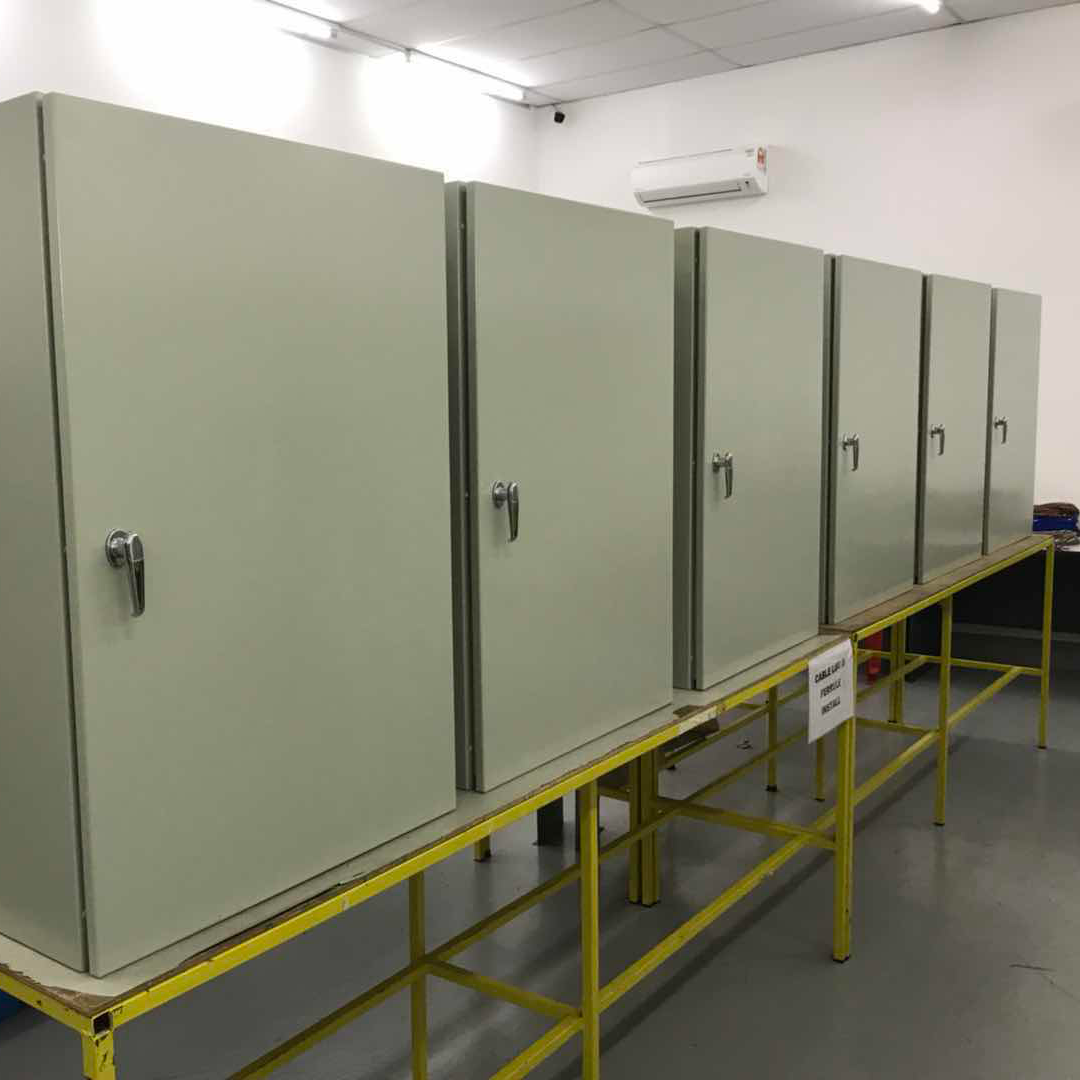Understanding the Essential Role of Electrical Distribution Systems in Modern Homes
Modern homes rely heavily on electricity to power our daily lives, from basic lighting to complex smart home systems. At the heart of this electrical infrastructure lies the electrical box, a crucial component that serves as the central hub for managing and distributing power throughout your residence. This essential installation ensures safe and efficient electrical operation while protecting your home and family from potential hazards.
An electrical box, also known as an electrical junction box or distribution panel, acts as the primary interface between your home's external power supply and internal electrical circuits. It houses circuit breakers or fuses that protect against overloads and short circuits, while organizing and distributing electricity to various rooms and appliances in your home.
Components and Functions of Residential Electrical Systems
Main Circuit Breaker and Power Distribution
The main circuit breaker within your electrical box serves as the primary safety switch for your entire home's electrical system. This crucial component allows you to quickly shut off all power in case of emergency or during maintenance work. Modern electrical boxes typically feature a 200-amp main breaker, though older homes might have 100-amp service panels.
Beyond the main breaker, the electrical box contains individual circuit breakers that protect specific areas or appliances in your home. These smaller breakers automatically trip when they detect an overload, preventing potential fire hazards and equipment damage. The organization of these circuits ensures efficient power distribution while maintaining safety standards.
Wiring Organization and Safety Features
Inside the electrical box, you'll find a systematic arrangement of wiring that connects each circuit to its designated breaker. This organized approach allows electricians to easily identify and service specific circuits when needed. The box includes a neutral bus bar and grounding system, both essential for proper electrical function and safety.
Modern electrical boxes incorporate advanced safety features such as arc fault circuit interrupters (AFCIs) and ground fault circuit interrupters (GFCIs). These sophisticated devices can detect dangerous electrical conditions and cut power before serious problems develop, offering an additional layer of protection for your home.
Installation and Maintenance Requirements
Professional Installation Standards
Installing an electrical box requires extensive knowledge of electrical systems and local building codes. Licensed electricians must carefully calculate load requirements, ensure proper grounding, and maintain adequate clearance around the installation. The placement of your electrical box must allow for easy access while protecting it from environmental factors and physical damage.
The installation process involves connecting the main power feed, installing appropriate circuit breakers, and properly routing all branch circuits. Professionals must also ensure proper labeling of all circuits and maintain detailed documentation of the installation for future reference and maintenance needs.
Regular Maintenance and Inspection Protocols
To ensure continued safe operation, your electrical box requires regular inspection and maintenance. Professional electricians recommend annual visual inspections to check for signs of wear, corrosion, or heat damage. They also suggest testing circuit breakers periodically to verify proper operation and replace any that show signs of deterioration.
Maintenance activities include checking connection tightness, cleaning dust accumulation, and updating circuit labels as needed. Regular thermal imaging scans can identify potential hot spots before they become problematic, preventing costly repairs and dangerous situations.
Upgrading and Modernizing Electrical Systems
Signs It's Time for an Upgrade
Several indicators suggest the need for an electrical box upgrade. Frequent circuit breaker trips, dimming lights when appliances start, or the need for numerous power strips all point to an inadequate electrical system. Homes with older fuse boxes or panels rated less than 200 amps may struggle to meet modern power demands.
The age of your electrical box also plays a crucial role in determining upgrade necessity. Systems over 25 years old may not meet current safety standards and could pose increased risk of electrical fires. Additionally, insurance companies often require updates to older electrical systems to maintain coverage.
Modern Features and Smart Integration
Today's electrical boxes offer advanced features that enhance both safety and convenience. Smart panels can monitor power consumption in real-time, detect potential issues before they become problems, and even allow remote circuit control through mobile apps. These modern systems provide detailed energy usage data, helping homeowners optimize their electricity consumption and reduce costs.
Integration capabilities with home automation systems represent another significant advancement. Modern electrical boxes can work seamlessly with solar power systems, battery storage, and smart home technologies, providing greater control and efficiency in managing your home's electrical needs.
Frequently Asked Questions
How long does an electrical box typically last?
An electrical box typically has a lifespan of 25-40 years, depending on installation quality, environmental conditions, and maintenance. However, technological advances and increasing power demands may necessitate earlier upgrades to ensure safety and efficiency.
Can I install or modify an electrical box myself?
No, electrical box installation and modifications should only be performed by licensed electricians. The complexity of the system and potential safety risks make this work too dangerous for DIY attempts, and most jurisdictions require professional certification for such installations.
What size electrical box does my home need?
The size of your electrical box depends on your home's square footage, number of major appliances, and overall electrical demands. Most modern homes require at least a 200-amp service panel, while larger homes or those with heavy electrical usage may need 400-amp service or multiple panels.

